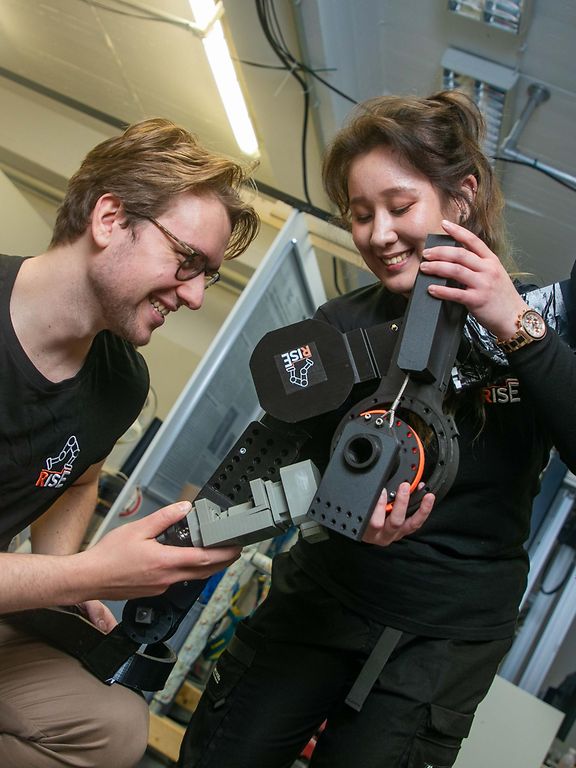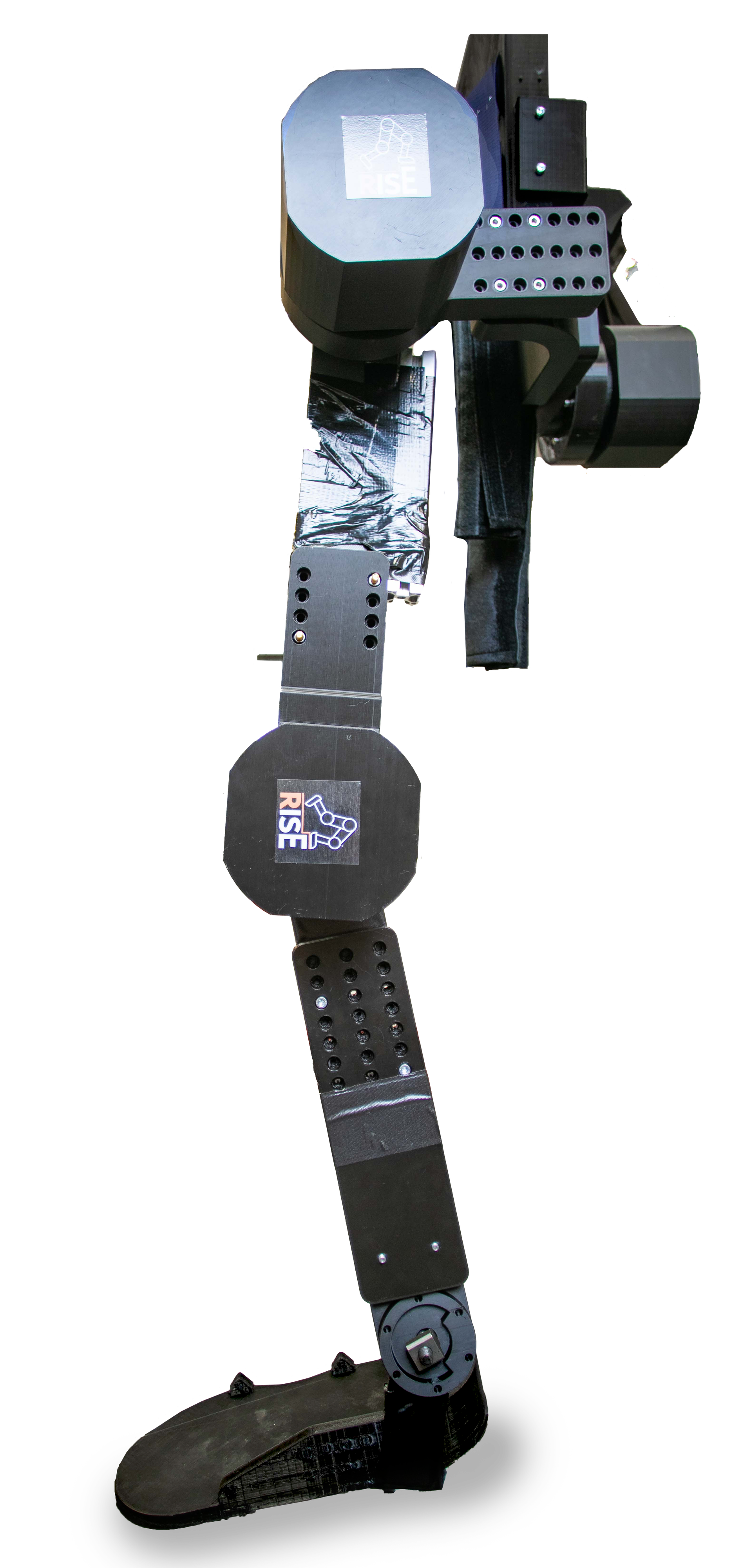Cybathlon 2024
Newcomers from TU Berlin are entering with their own exoskeleton


The RISE team from Germany is making its debut at the Cybathlon in 2024. In a conversation with team leader Lukas Schneidewind, we discuss the challenges and future of assistive technology.
Since 2013, maxon has been involved in Cybathlon, a non-profit project of ETH Zurich in which engineering teams from all around the world develop assistive technologies for people with disabilities. Every four years, they compete against each other in various disciplines designed to overcome everyday challenges faced by people with disabilities.
maxon is involved in Cybathlon as a Gold Partner and also supports local teams. One of these teams comes from the Technical University Berlin. Together with SEI, an initiative for socially committed engineering students, the Department of Medical Engineering launched RISE (Research and Innovation in Student Exoskeleton Development) as an innovative and practice-oriented module. RISE aims to help people with paraplegia to walk.
The exoskeleton is developed and optimized from scratch by transdisciplinary teams of more than 40 students. Their objective is to develop a competitive exoskeleton for Cybathlon 2024. Lukas Schneidewind, team leader and research associate at the Department of Medical Engineering, gives us a deeper insight into the project.
Lukas, could you tell us a bit more about RISE and the idea behind it?
Lukas Schneidewind: The RISE team (Research and Innovation in Student Exoskeleton Development) has been enthusiastically working on the development and construction of an exoskeleton for people with paraplegia since 2022. Our goal is to participate in the international CYBATHLON at ETH Zurich from October 25 to 27, 2024, with this technology.
What technical challenges does this project face?
Lukas Schneidewind: There are several: In general, the complexity of the overall development, including the need to ensure the safety and robustness of all subfunctions. It begins with the elaborate process of identifying the system requirements. The requirements must first be defined starting from square one. The challenges encompass a variety of technical and user-centered areas. Many topics need to be addressed simultaneously, including mobile power supply, power electronics, heat dissipation, performance capability, lightweight construction, software infrastructure and communication, controller modeling as well as user-friendliness and intuitiveness.
One major challenge of this year's Cybathlon is that some obstacles now require the exoskeletons to have stable balance control. This leads to some new technical tasks, such as increasing the degrees of freedom to perform corrective movements.
How are maxon motors used here?
Lukas Schneidewind: The motors form the core of the drive train and must be as compact and power-dense as possible to enable high dynamics for our eight degrees of freedom, despite a low weight.
Why did you decide to use maxon motors?
Lukas Schneidewind: maxon is not only renowned within the Cybathlon community, but also used in various high-tech applications already. A range of prestigious applications, from different exoskeletons to Mars rovers, are testament to the reliability and quality of the motors. Additionally, maxon has a strong network, which enabled seamless collaboration with Ovalo, our gearhead manufacturer.
How is your team currently structured?
Lukas Schneidewind: We have a flat hierarchy with a very lean management level consisting of a few individuals overseeing the project. Essentially, our organization divides our over 40 diligent students into five departments: Design, Electrical Engineering, Control Engineering, Human-Machine Interaction, and Biomechanics, which encompass a total of 13 teams.
Some participants have been developing and optimizing their exoskeletons for years. What do you think your chances as newcomers are?
Lukas Schneidewind: It would of course be presumptuous to expect to win on the first go. Our team started on a blank slate in October 2022. Completing a system development within two years is a colossal undertaking. We're on a good track, and the primary goal is to get the exoskeleton to the starting line. It is not a big deal, if we have to skip a few obstacles in the end. On the other hand, the changes to the obstacles and the required balance control pose a large new challenge to almost all teams. Modifying existing systems can sometimes be more complex than developing them from scratch. Even though these teams do of course benefit from their previous experience.
Outlook: First, participation in the Cybathlon, and then?
Lukas Schneidewind: That's a good question; probably a vacation first. But of course, we'll continue and aim to consolidate our newly formed student team and let it be managed more autonomously. We already initiated this process last semester with a student-led project workshop, so that we as the department now only provide technical support and workspaces and can use the exoskeleton as a research platform.
